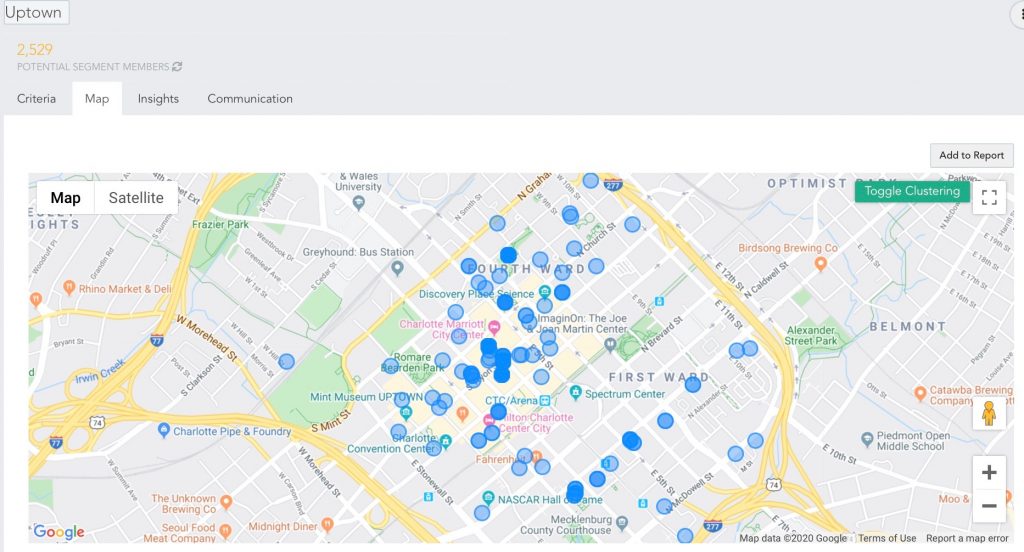“Who is our audience?”
It is important for transit agencies to ensure that current riders are having a great experience, but too often our reach is constrained to just those individuals. This prevents us from achieving the combined goals of gathering feedback while also increasing ridership.
By expanding our reach to the broader community, we can:
- Increase awareness of transit service
- Understand why residents are not using services
- Show intent on building relationships through two-way communication
Questions aimed at understanding what is keeping someone from using transit or where route expansions or zone coverage could be most impactful, serve as both informative and promotional. Distributing these across a mixed mode of formats increases equity in reach [1], and can even reduce margin of survey error [2].
STEP #1: Strategically combine virtual and traditional tactics
A common public involvement hurdle is project awareness—simply getting the word out to residents so that they can provide input. These tactics (or “modes”) can be more traditional or virtual. You are probably already using several of these:

When thinking about reaching the broader community—and particularly underrepresented groups— a work smarter not harder approach can help save time and effort. Social media targeting provides this opportunity:

GoTriangle used social media and news media targeting to reach the ESL community:
Likewise, combining a virtual tactic (text messaging) with a traditional one (physical signage) can help meet residents where they are and on-the-go.

In this case, a resident can see an opportunity to engage, provide feedback via text, and have their input aggregated alongside feedback from a public meeting or an online survey: everyone’s voice is equal.
STEP #2: Create opportunities for follow-up and continuous engagement
Building a public participation database helps close the feedback loop during specific projects, while also creating a foundation for future communication efforts. Contrary to some popular beliefs, residents want to hear from you: statistics show that emails that close the feedback loop have a much higher open rate than the average email.

How does this help reach more residents and increase ridership?
‘Relationship’ is the key word here: every interaction is an opportunity, so our efforts need to be coordinated and strategic. A Citizen Relationship Manager (CRM) is a public participation database that creates opportunities to re-engage with residents, building confidence in our ability to truly hear them.
And similar to targeted social outreach, the right CRM will allow you to automatically create segments and target residents directly from your public participation database (but without the bill from Facebook):

GeoTargeting to re-engage with residents, directly from a public participation database.
STEP #3 Unify engagement efforts to see the big picture and influence decision making

Using mixed-mode outreach is a best practice, but matching tools with tactics leads to siloed-off data and can make it difficult to see the big picture when trying to make decisions.
By unifying engagement to have all input stored in one place with everyone receiving an equal voice, transit agencies can make decisions that not only improve services, but are also responsive to the broader community.
Why is that important?
To increase ridership you need to increase your reach and show the broader community the value of public transit services. By reaching more residents—those who may not yet be riders—you can immediately make an impression while also showing that their input is valuable to the decision making process.
So, can more public participation from the broader community increase ridership?
While it would be overreaching to say that this idea is always true, getting in front of and hearing from the broader community can only serve as a vehicle for potentially increasing ridership.
With SMS and Email tactics alone, transit agencies are already seeing increased participation from their current list of residents:

By using email and SMS connected to a resident database, GETBus received 31% participation from their new RYDE microtransit program ridership in just two weeks

Nearly 50% of residents who used RYDE had never ridden with GETBus more than a couple times a month, and 19% of those riders had never used a GETBus service before at all.
Learn more about how transit agencies are reaching the broader community with an intro conversation.



